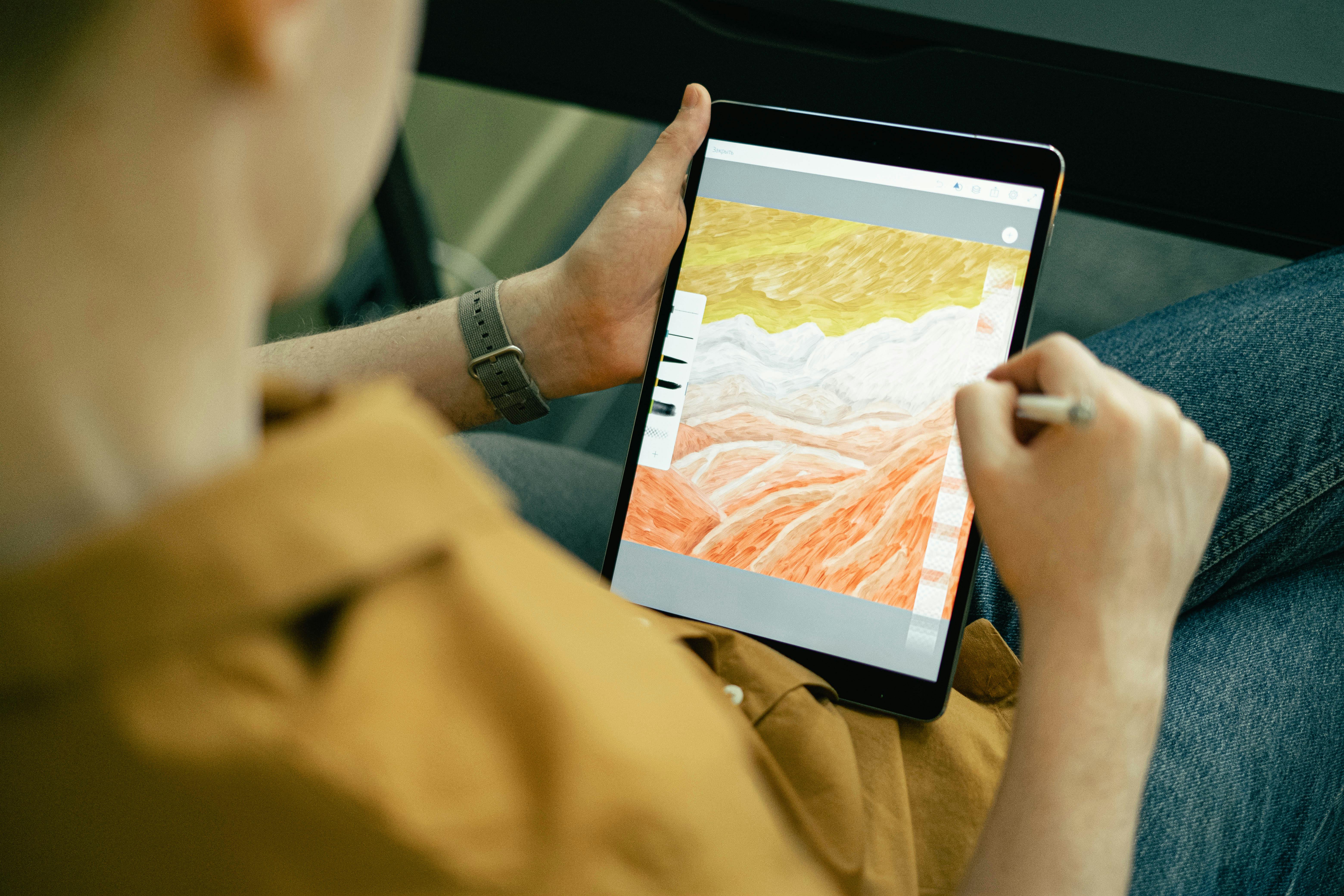Digital Artistry: Painting a New Reality in the Entertainment Landscape
The digital revolution has brought a seismic shift in the arts and entertainment industry, introducing a new wave of innovation and creativity. This article delves into the rise of digital artistry, exploring its historical development, current trends, and profound impact on the entertainment landscape.

An Overview of Digital Artistry: Drawing the Digital Line
Digital artistry can be traced back to the 1980s, when the advent of personal computers enabled artists to experiment with digital tools. The first digital art exhibitions took place in the late 80s and early 90s, showcasing the potential of this new medium. The proliferation of digital technology in the 2000s, including advanced software and hardware, opened up a world of possibilities for artists.
Current Landscape: The Digital Artistry Renaissance
Fast forward to today, digital artistry is experiencing a renaissance, with artists pushing the boundaries of creativity. The recent surge in popularity of Non-Fungible Tokens (NFTs) has thrust digital art into the mainstream, with digital artworks selling for astronomical prices. Additionally, virtual reality (VR) and augmented reality (AR) technologies have expanded the digital canvas, enabling artists to create immersive, multi-dimensional experiences.
The Impact of Digital Artistry: A New Dimension in Entertainment
Digital artistry has not only transformed the art world but also revolutionized the entertainment industry. It has breathed new life into film and TV production, advertising, video games, and even music. Digital artistry has given filmmakers the tools to create stunning visual effects, while advertisers now can design captivating digital campaigns. In the music industry, artists are using digital technology to create interactive album covers and music videos.
The Reception of Digital Artistry: Embracing the New Normal
The public reception of digital artistry has been largely positive, with audiences embracing the new, immersive experiences it offers. Critics have praised the innovation and creativity of digital artists, while collectors are investing heavily in digital artwork. However, concerns have been raised about the authenticity and longevity of digital art, as well as the environmental impact of blockchain-based art transactions.
In conclusion, digital artistry represents a new frontier in the arts and entertainment industry. Its rise is a testament to the power of technology to drive creativity and innovation. As digital artistry continues to evolve, it will undoubtedly shape the future of entertainment, offering audiences new ways to engage with art and culture. Despite the challenges it faces, the potential of digital artistry is vast and largely untapped, promising exciting developments in the years to come.




